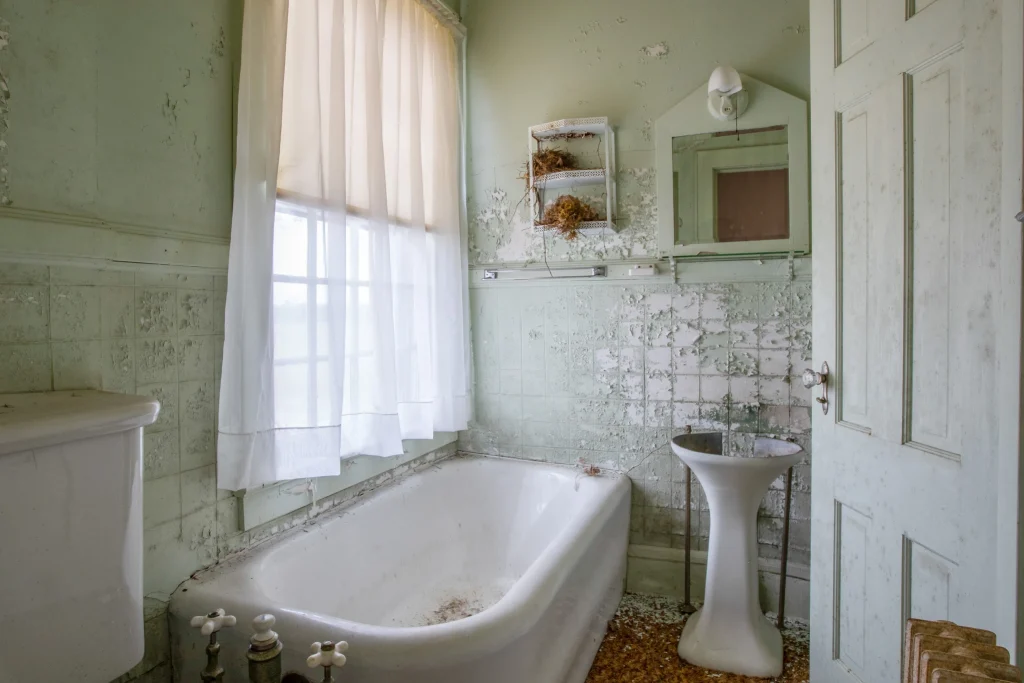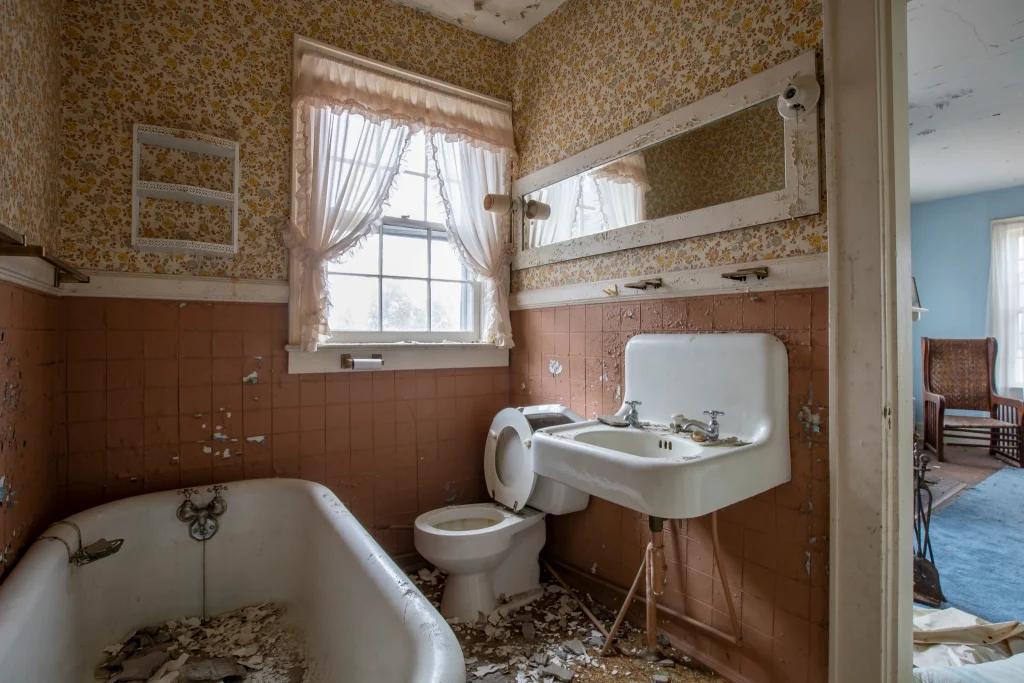The current farmhouse, erected in 1929, stands as a successor to an estate constructed one hundred years prior. The property holds significant history, once being the residence of Blake Tyler Newton – a celebrated educationalist and transformative political figure. Particularly recognized for his tenure in the Virginia Senate from 1955 to 1965, Newton was a staunch advocate for the desegregation of public schools. His firm stance on the issue eventually led to his termination from the position of president of the State Board of Education.
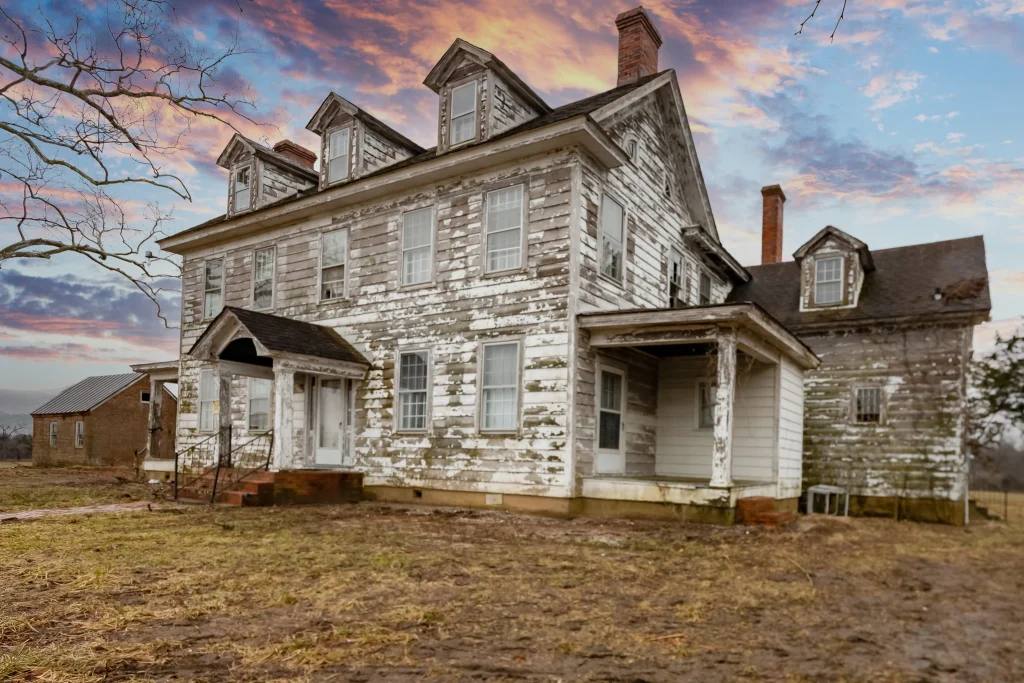
Newton spent his entire life in the quaint Virginia town of Hague, nestled in Westmoreland County, where he held various roles including politician, school principal, superintendent, and attorney. He himself was educated in segregated public schools in his early Virginia years, before pursuing both his bachelor’s and master’s degrees at the College of William and Mary. His dedication and service were recognized in 1956 when he received the highest alumni honor from his alma mater.
Newton’s tenure as a superintendent for Westmoreland and Richmond counties spanned 41 years. In this role, he replaced 30 antiquated one-room schoolhouses, often lacking in heat or plumbing, with modern, centralized public schools. Additionally, he introduced a school bus transportation system and coordinated the merger of elementary and high schools in both counties.
During his time as a state senator, Newton was part of a 20-person coalition supporting former Governor J. Lindsey Almond against a 19-member group of hardline segregationists in the Virginia General Assembly. He held a leadership position in the “Straight Democratic Ticket” group which opposed the “Eisenhower Democrats” and the then influential Byrd organization. Newton also contributed to the 1960 presidential campaign of John F. Kennedy.
Post retirement from the state senate, he served as a director for the Farmer’s Bank of Hague and continued to practice law on a part-time basis until his passing in the 1970s. Newton, along with several other family members, is interred in a private cemetery located on the property behind the house. In 2001, Westmoreland County paid homage to him by naming its new library after him. Currently, the old farmhouse is in the process of being restored.
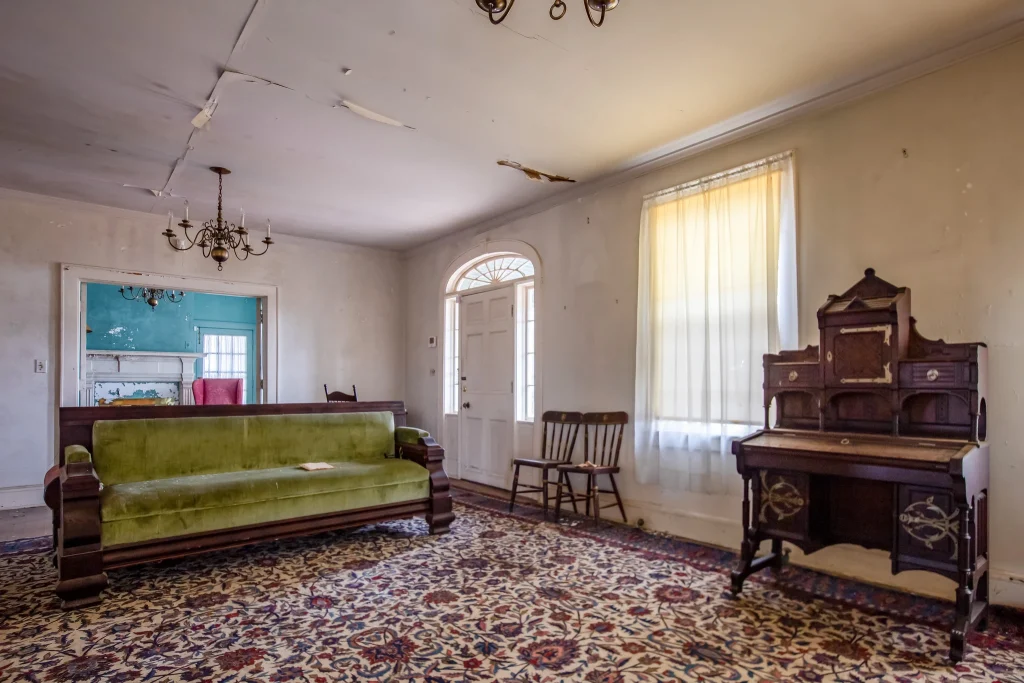
For a man of such busyness, home would have served as a sanctuary, and this spacious and inviting living area would have offered a warm welcome upon his return from a demanding day. It continues to feature a floral-patterned rug, a beautifully intricate writing desk, and a plush sofa adorned with wood and velvet.
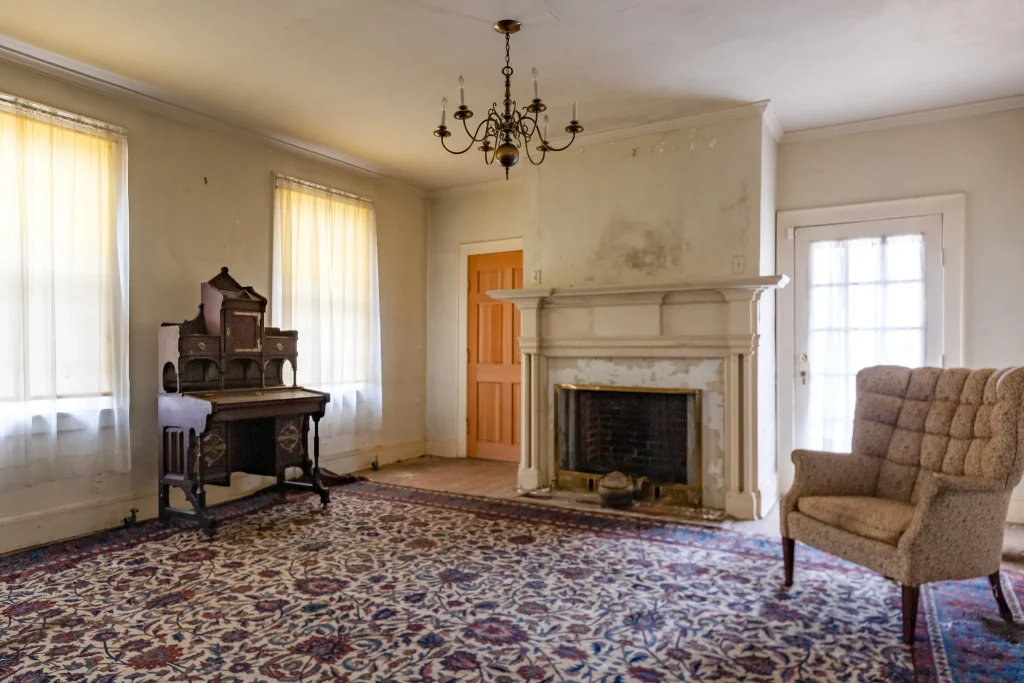
The expansive room is enriched by an abundance of daylight, while the brass chandelier, designed in the style of candlesticks, would have illuminated the space during nighttime. This was quite an accomplishment, given that in 1925, only half of the homes in the US were equipped with electric power. The fireplace would have offered a comforting ambiance, but given the house’s construction on the brink of the Great Depression, it could have also served as a cost-effective means of heating.
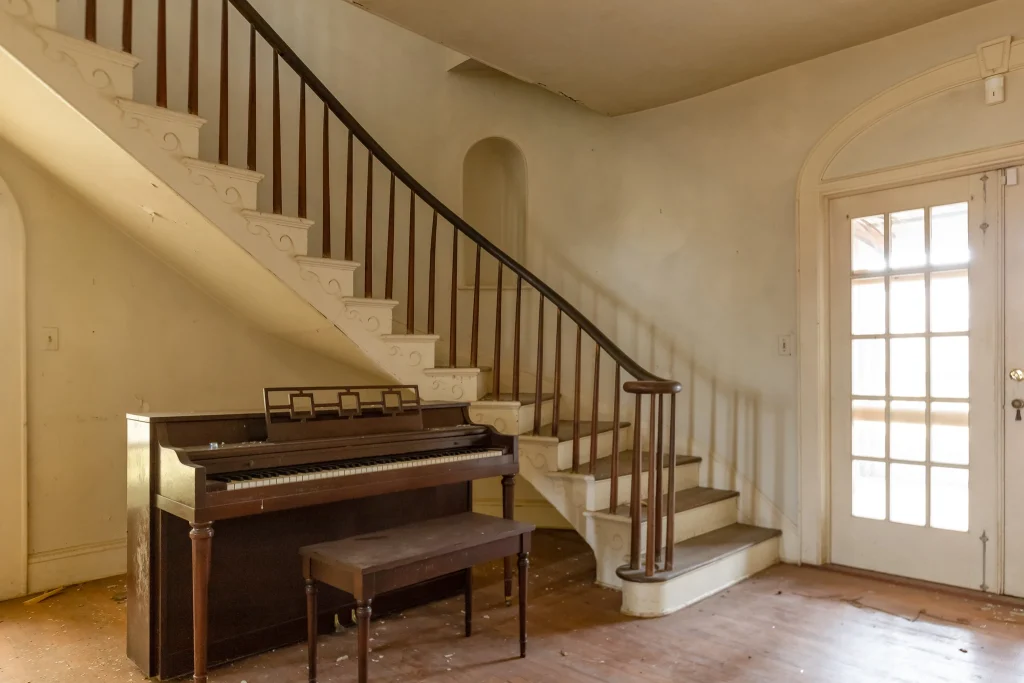
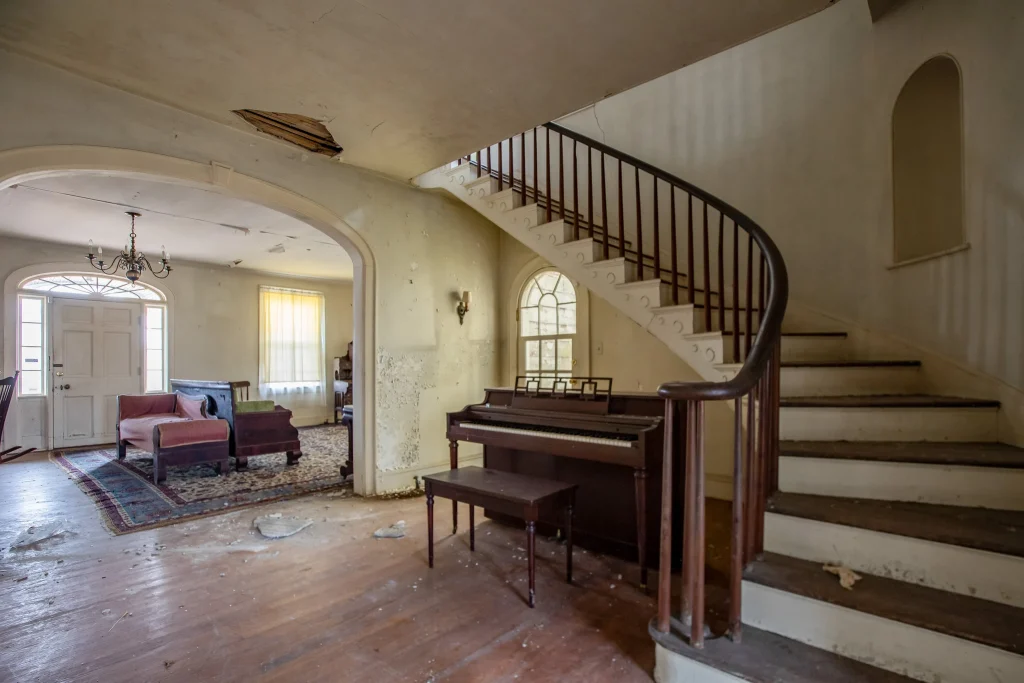
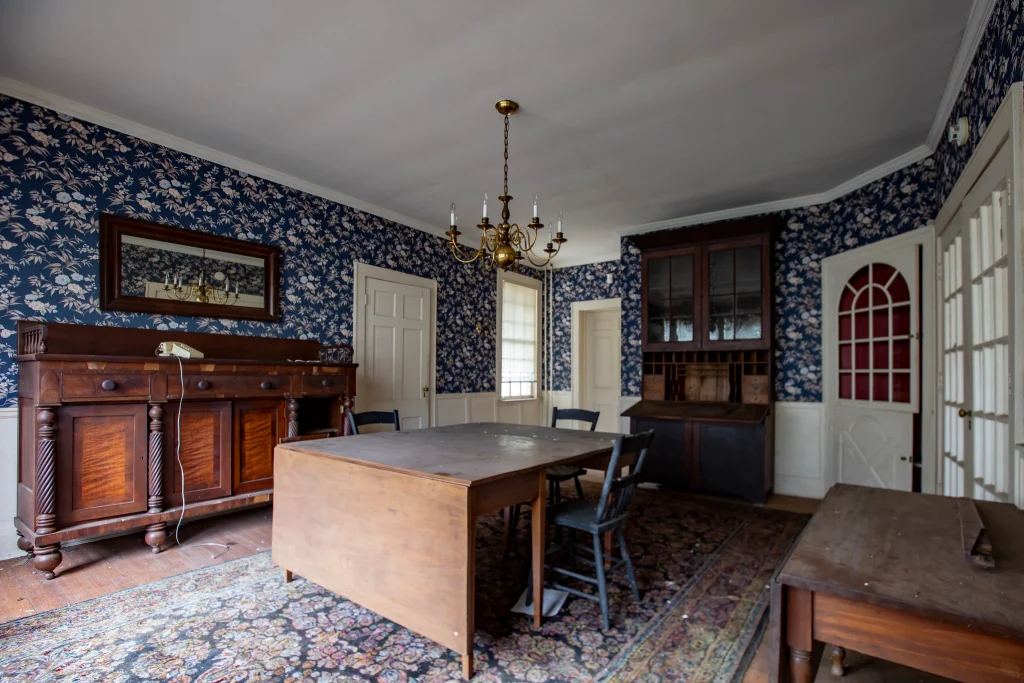
Newton, his wife Bertha, and their trio of children relished numerous meals together in the dining room.
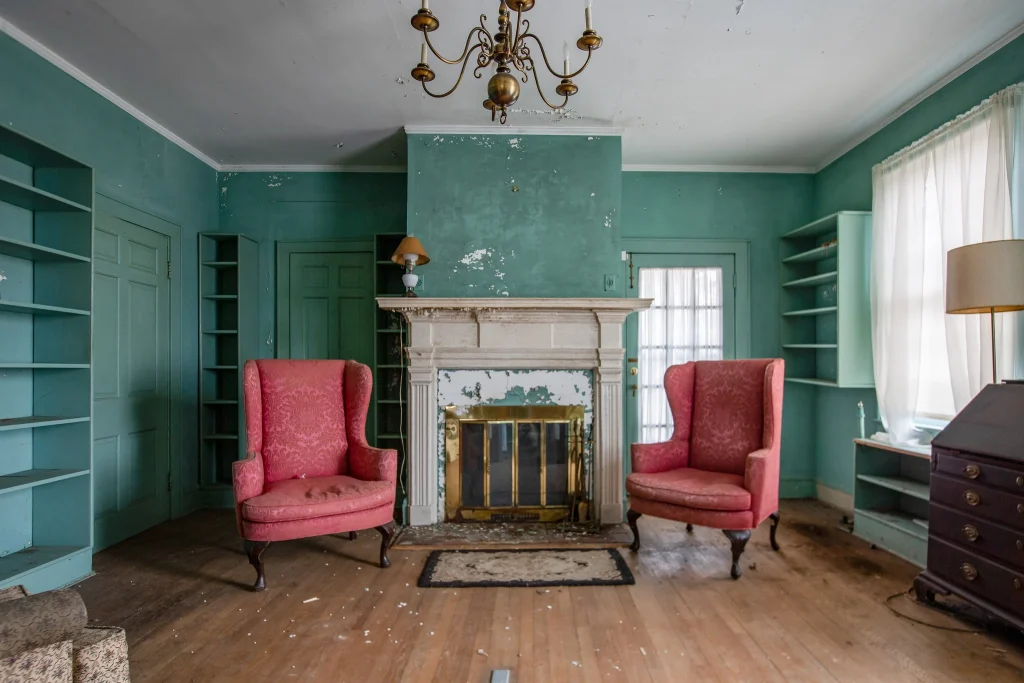
Venturing through the double doors adjacent to the main room, you’ll discover a lounge adorned with profound cyan walls and wood accents. This vibrant color splendidly complements the exquisite pair of deep pink wingback chairs arranged near the fireplace.
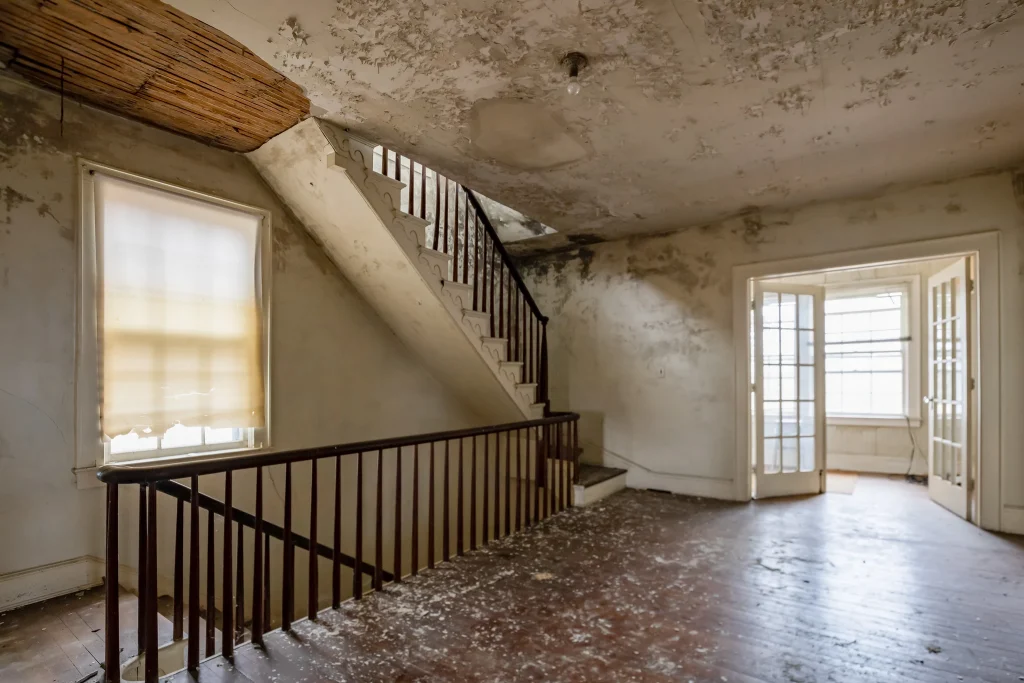
In the corridor, you can truly grasp the immense size of the property.
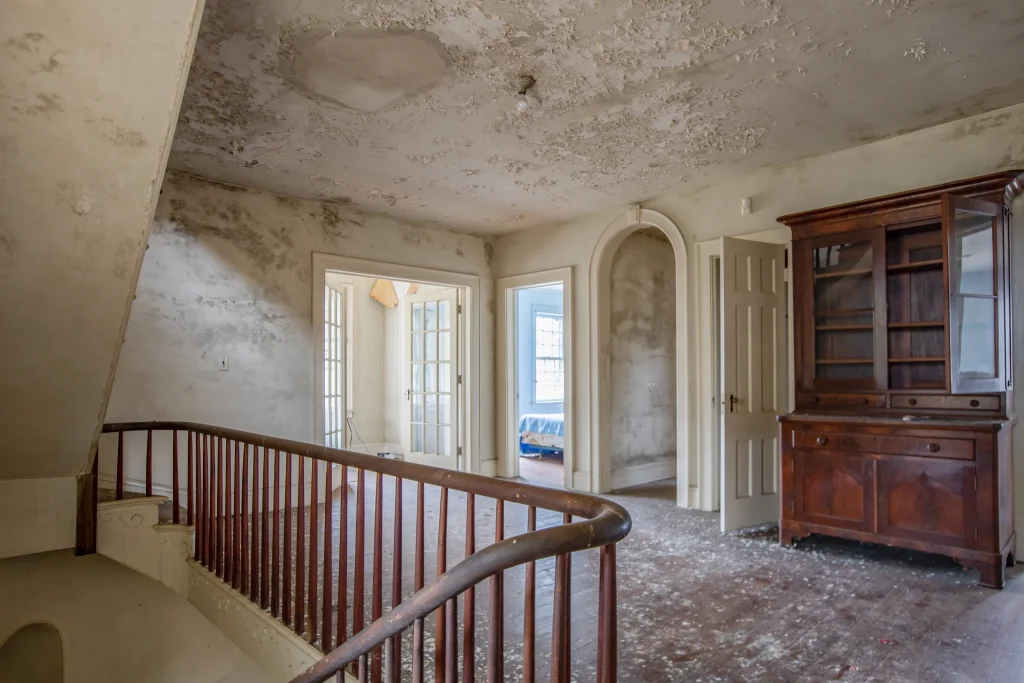
The second-floor hallway is so expansive that the elegant glass-fronted dresser, seemingly devoid of possessions, occupies only a minimal portion of the floor space.
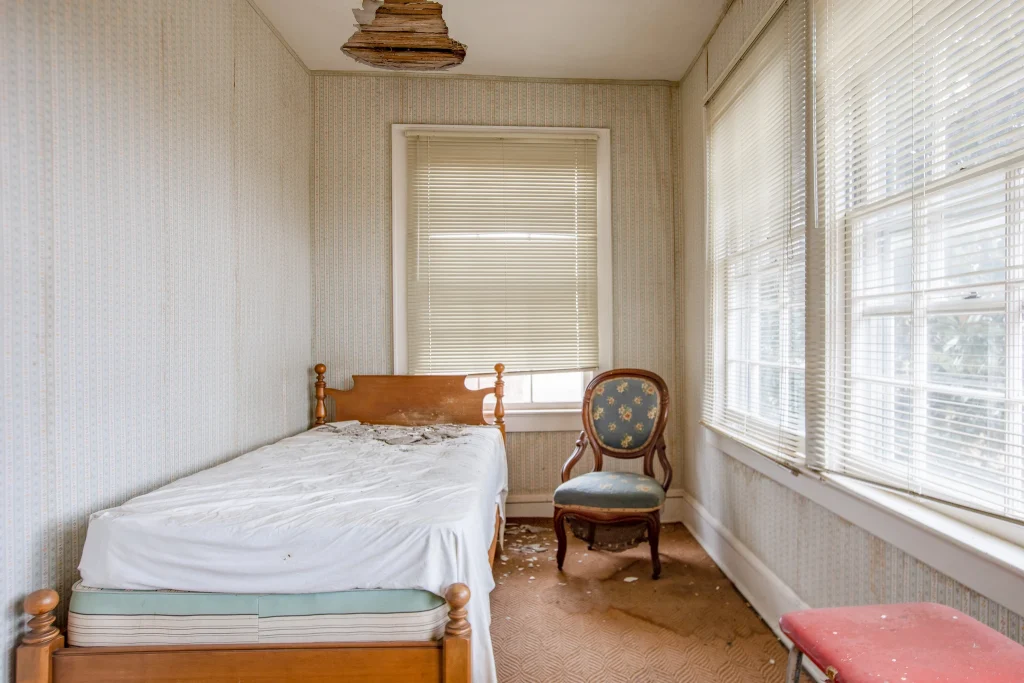

Understated architectural elements, like this attractive Art Deco arched entrance, enhance the aesthetics of the living areas and facilitate a seamless transition from one room to another.
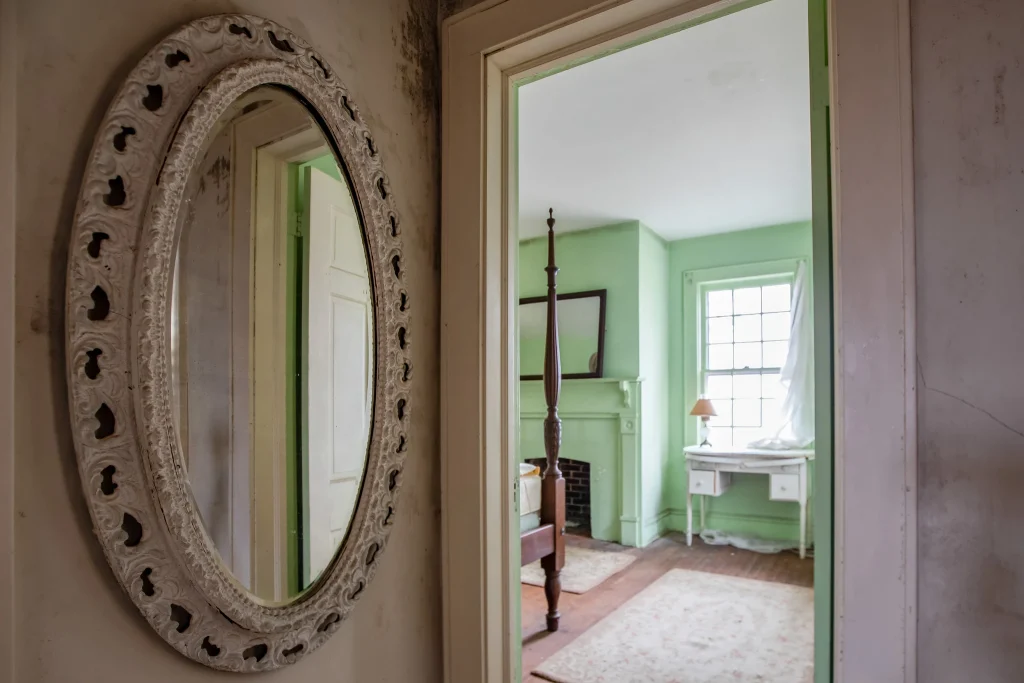
A sizable ornamental mirror is mounted in the upstairs corridor, just outside one of the bedrooms.
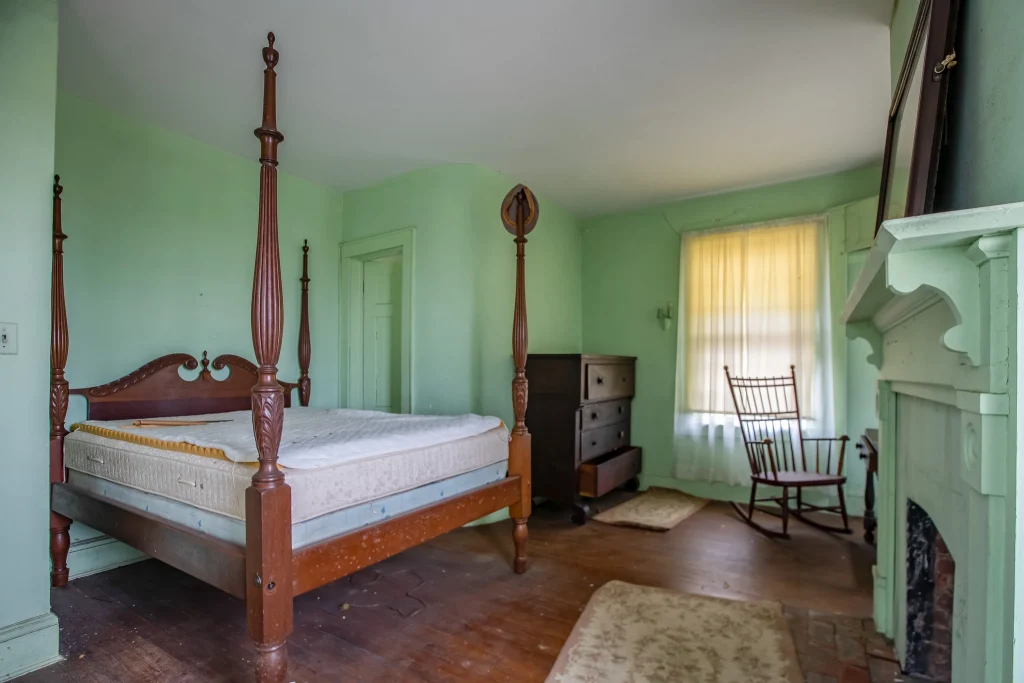
In what is likely the master bedroom, invigorating mint green walls encompass a majestic sleeping area.
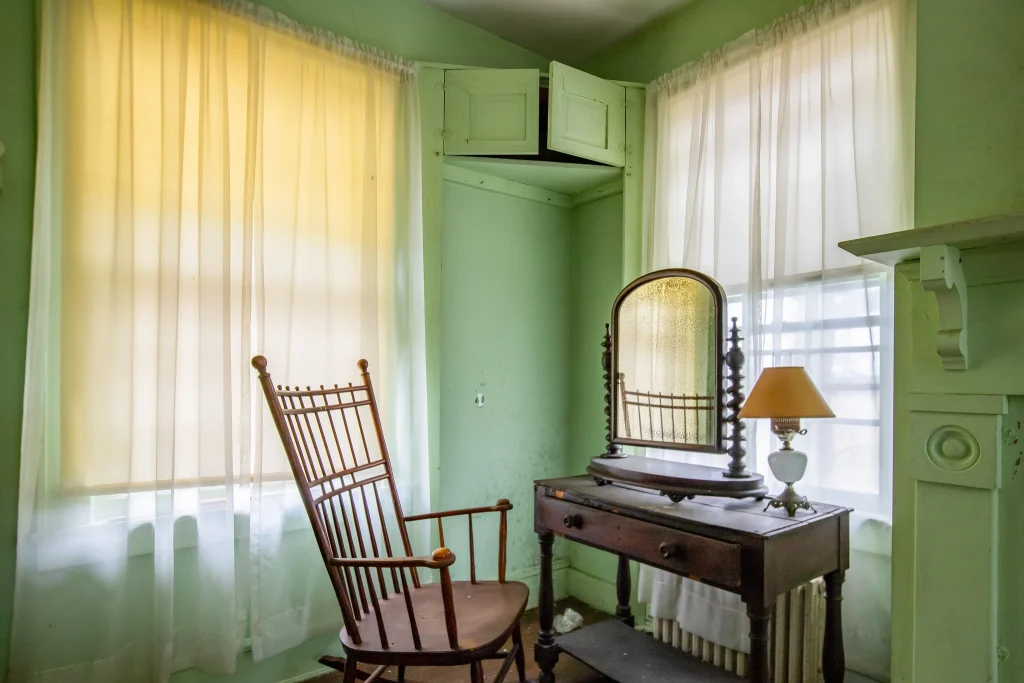
The remote corner of the room houses an attractive wooden vanity arrangement, likely used by Bertha.
